I’m not an activist, a scientist, or an expert in the study of harmful algal blooms. What I am an expert in, though, is describing how it feels to exist at a time of great destruction, great change, and great possibility. I am both expert and novice in complicated grief, through ripple effects.
First ripple: the personal. In 2018, my family was in a near fatal car accident. The truest thing I can say is “my mother died but she didn’t die.” We entered a several-year period of reliving the traumatic event and the way it reverberated through every major relationship in my life. My understanding of linear time was blown apart. Time became a circular track, with a terrifying point we returned to again and again. Sometimes the circle was tiny, and we spun around it in minutes. Sometimes the track took months to run, but we always seemed to return to this hellish still-point, the accident, the inciting incident, the moment when one life died and another life began. I needed to write a story that captured this impossible, contradictory grief. A story that focused on how it feels to exist in this way, not on what is literally happening.
Second ripple: the political. In 2014, a harmful algal bloom rose from the bottom of Lake Erie and grew directly over the pipes which the greater Toledo, Ohio area uses to deliver fresh drinking water. For several days that summer, over four hundred thousand people were without access to safe water. The city alerted people not to drink the contaminated water, not to bathe in it, make baby formula with it, or give it to your dogs. Most ominous of all was an alert that “boiling the algal blooms only makes them stronger.”
The Dead Horse is a kind of guide who helps living human beings in the audience see themselves as part of a narrative of this planet that is longer than the Anthropocene era.
As a writer, I was immediately drawn to the drama of these alerts and of this seemingly villainous character of the Algal Bloom. However, it soon became clear that there are no clear villains in a story that pits rural farmers against urban pollutants—least of all the algal blooms themselves, which are both billions of years old and also recreating more of themselves every second, and which could literally not care less about what humans do.
I wrote the first pages of Bloom Bloom Pow in early 2019, and a group of generous actors read those early pages aloud in a windowless rehearsal room at Simple Studios in Manhattan. Those forty pages were the first sign that this piece spoke to a kind of collective grief, to feelings our English language doesn’t have words for, but that our bodies carry and recognize in each other. One of the actors suggested this theme somewhat casually, and their insight validated the connection between the car accident, the large-scale growth and decay of algal blooms in the Great Lakes, the panicked despair of working in late-stage capitalism, and visions of creatures and dead horses rising from the water with warnings.
There is a crowd-favorite character in the play called A Dead Horse At The Bottom Of The East River In New York City Circa 1832. If Bloom Bloom Pow has a narrator, the Dead Horse is as close as we get, but the Dead Horse is really there as a foil to the rest of the action. Unlike the other characters, the Dead Horse talks directly to the audience; they immediately see and recognize us as their kin. The Dead Horse is a kind of guide who helps living human beings in the audience see themselves as part of a narrative of this planet that is longer than the Anthropocene era.
As we did further readings and workshops of the script through 2020 and 2021, it also became clear that the play was stubbornly hilarious. It’s the kind of humor that surprises you, perhaps inappropriate, like laughing at a funeral or farting during sex. The kind of humor that is alive, and messy. After all, we do laugh at the funeral. There’s no singular way to behave in the face of loss.



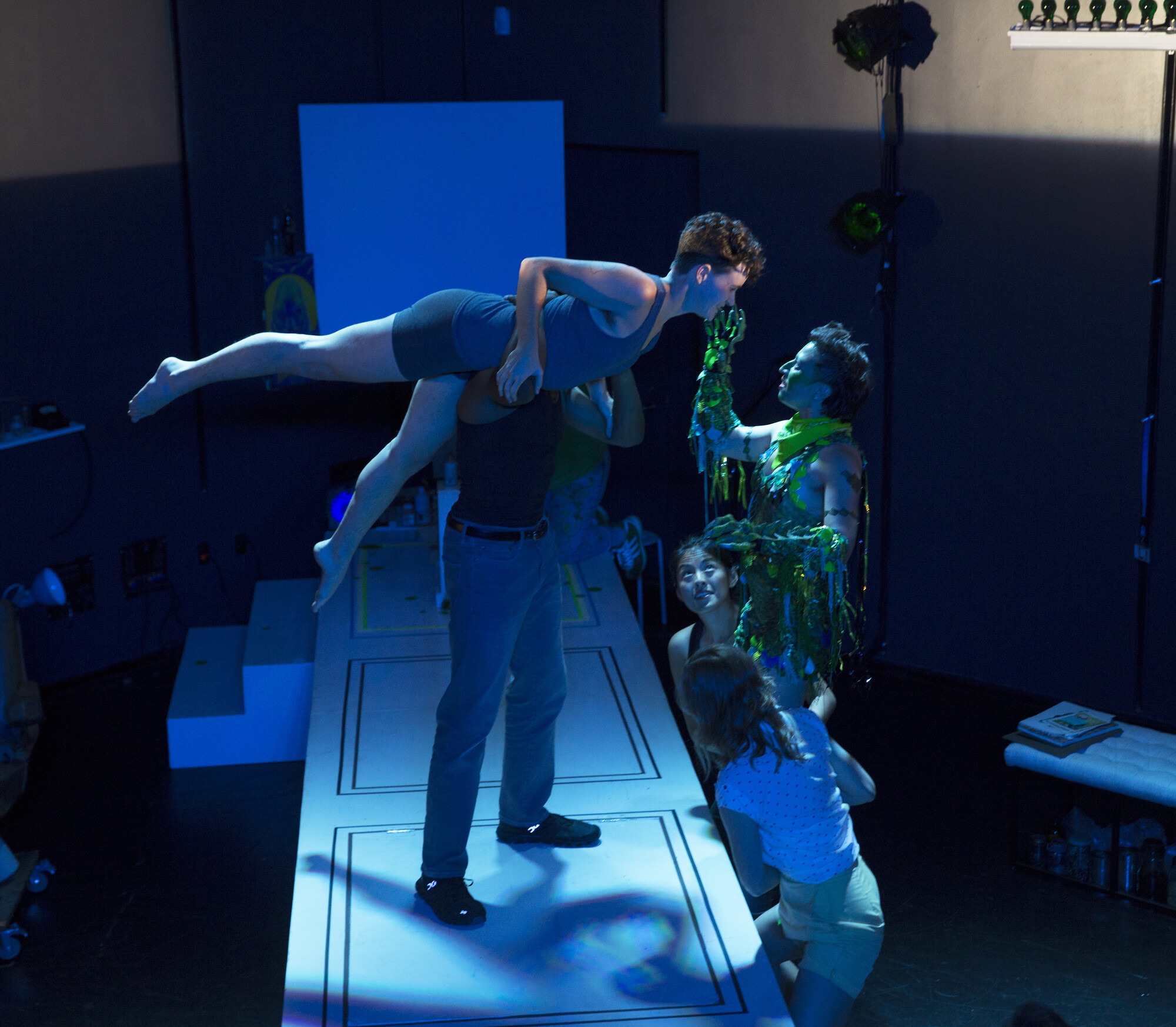
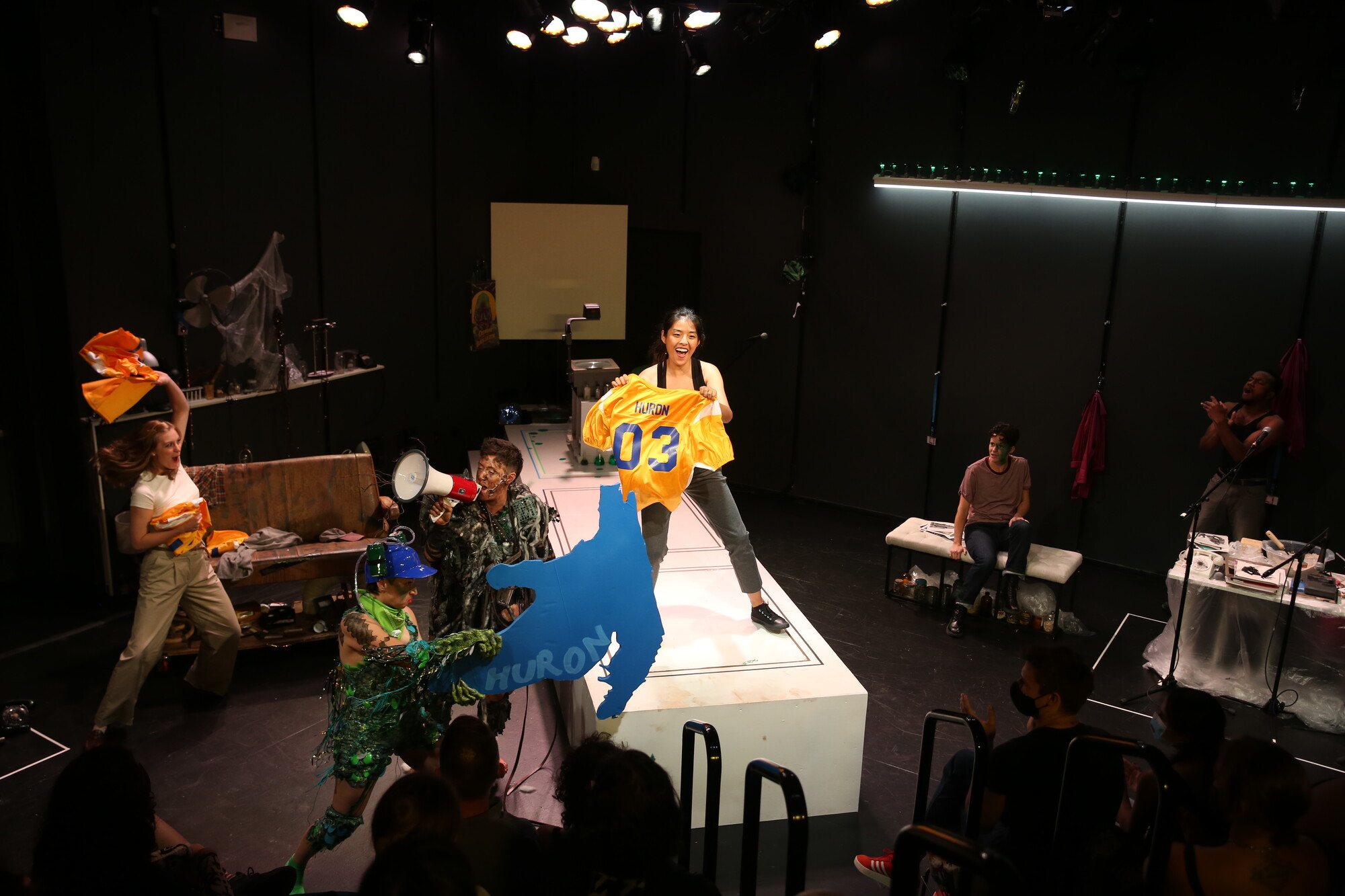
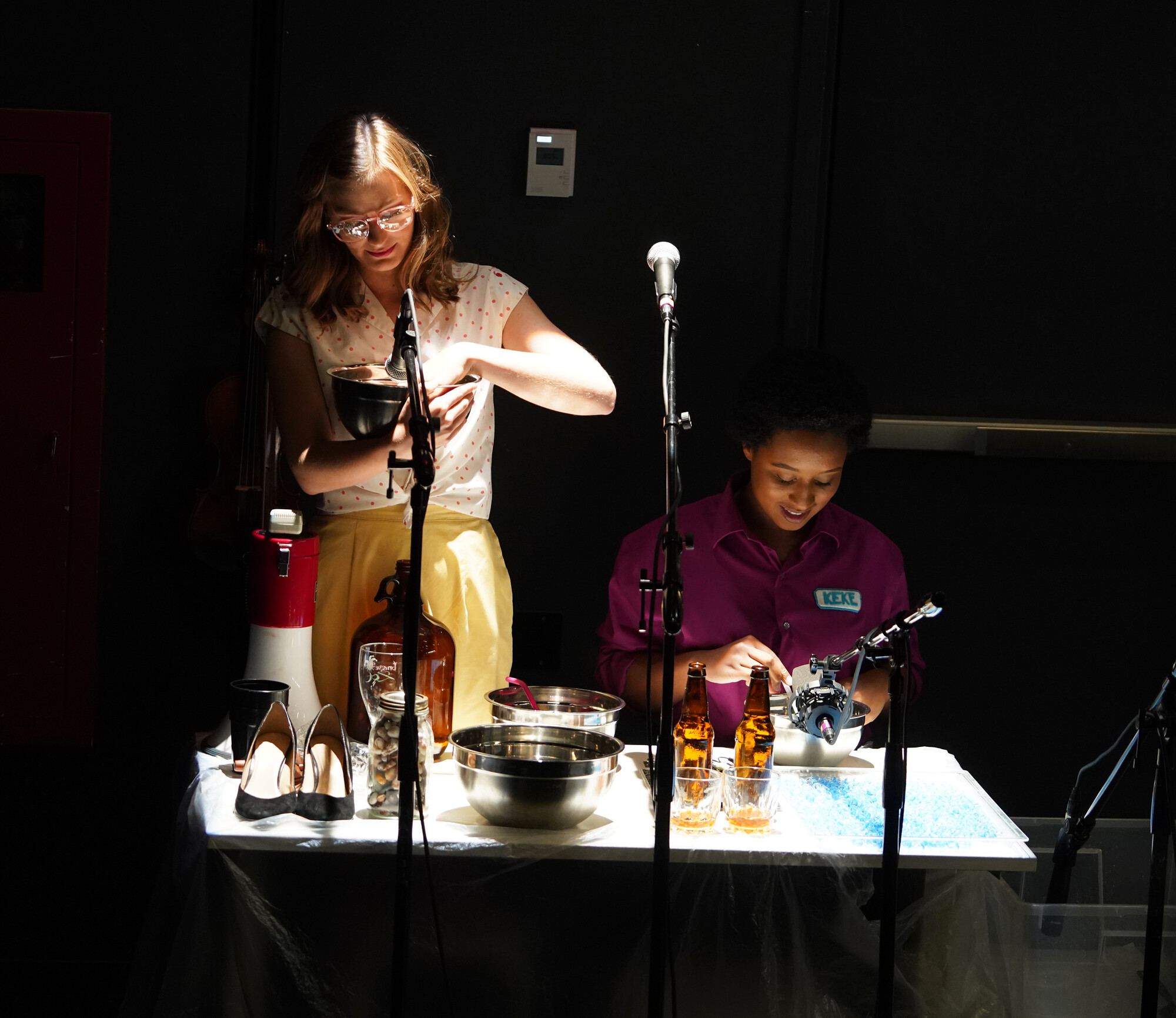
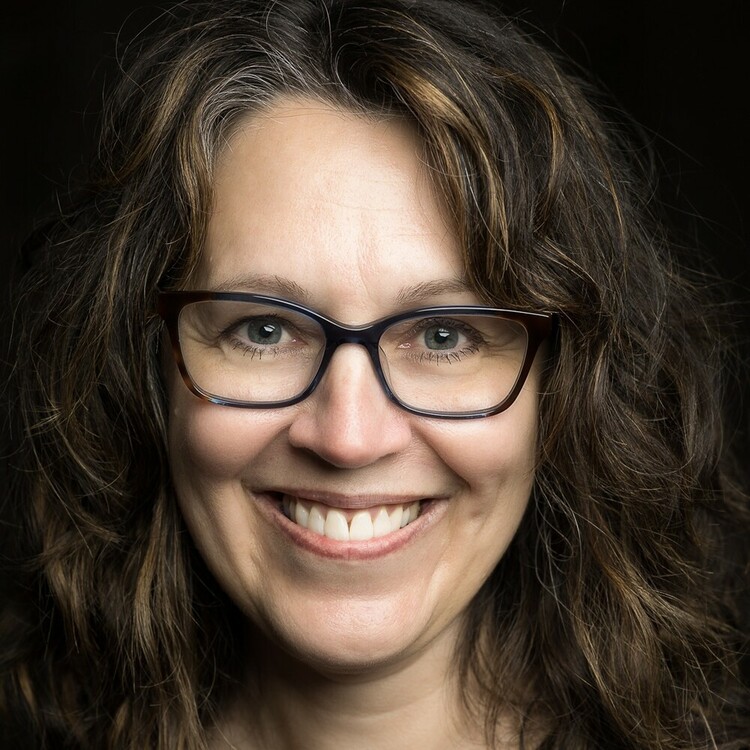






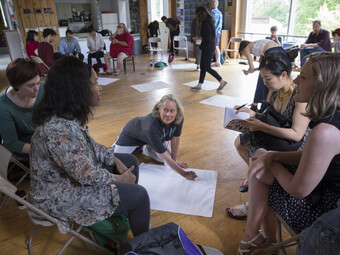

Comments
The article is just the start of the conversation—we want to know what you think about this subject, too! HowlRound is a space for knowledge-sharing, and we welcome spirited, thoughtful, and on-topic dialogue. Find our full comments policy here